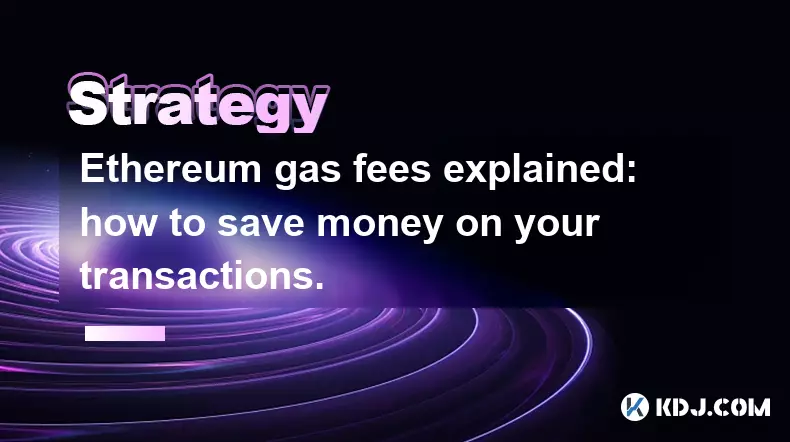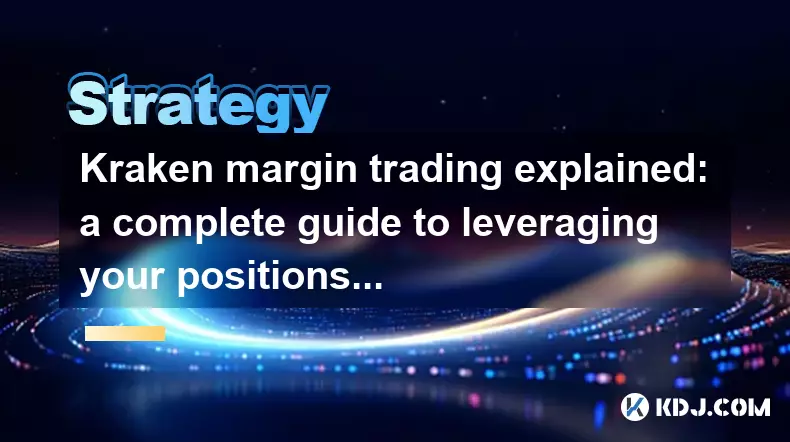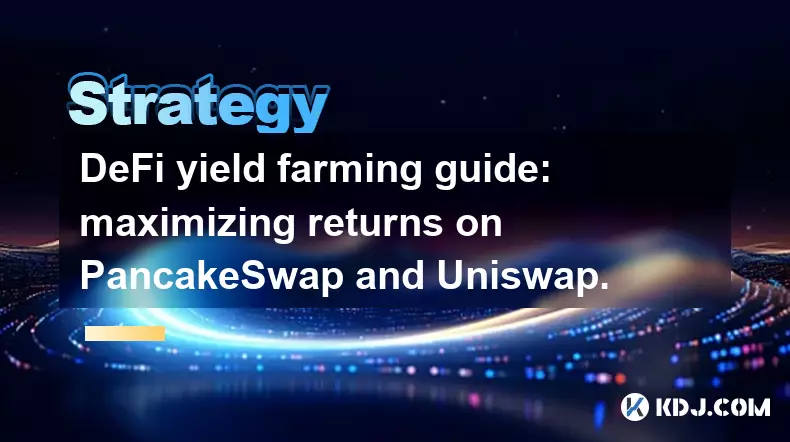-
 bitcoin
bitcoin $103094.926080 USD
3.95% -
 ethereum
ethereum $3398.208576 USD
6.43% -
 tether
tether $0.999971 USD
-0.04% -
 xrp
xrp $2.326205 USD
9.96% -
 bnb
bnb $947.145845 USD
4.46% -
 solana
solana $160.315987 USD
7.54% -
 usd-coin
usd-coin $1.000014 USD
0.01% -
 tron
tron $0.288163 USD
2.37% -
 dogecoin
dogecoin $0.164881 USD
5.50% -
 cardano
cardano $0.536519 USD
7.14% -
 hyperliquid
hyperliquid $40.526327 USD
6.62% -
 chainlink
chainlink $14.898178 USD
5.68% -
 bitcoin-cash
bitcoin-cash $483.923206 USD
4.44% -
 ethena-usde
ethena-usde $0.999280 USD
0.02% -
 stellar
stellar $0.276354 USD
6.32%
A Guide to Hedging Your Spot Bitcoin (BTC) with Futures Contracts
Hedging Bitcoin with futures allows holders to protect against price drops while keeping their BTC, using short positions to offset risk without selling.
Nov 02, 2025 at 06:01 pm

Understanding the Basics of Bitcoin Spot and Futures Markets
1. The spot market refers to the immediate exchange of Bitcoin for fiat or other cryptocurrencies at the current market price. When an investor holds BTC in a wallet or exchange account, they are exposed to direct price fluctuations based on supply and demand dynamics in real time.
2. Futures contracts, on the other hand, allow traders to agree on a price today for buying or selling Bitcoin at a predetermined date in the future. These derivatives are traded on regulated platforms like CME or crypto-native exchanges such as Binance, Bybit, and OKX.
3. Unlike spot trading, futures trading enables leverage, allowing positions larger than the capital posted as margin. This amplifies both potential gains and risks, making them powerful tools for hedging when used correctly.
4. Perpetual futures, a popular variant in the crypto space, do not have an expiry date and are kept in line with the spot price through funding rate mechanisms. This makes them ideal for maintaining long-term hedges without needing to roll over expiring contracts.
5. Market participants use futures not only for speculation but also to protect existing holdings. A trader owning BTC can take a short position in futures to offset losses if prices drop, effectively locking in value.
Why Hedge Your Spot Bitcoin Position?
1. Volatility is a defining feature of the cryptocurrency market. Bitcoin can experience double-digit percentage swings within hours, exposing holders to significant downside risk during uncertain macroeconomic conditions or sudden market sentiment shifts.
2. Institutional investors and large holders, often referred to as 'whales,' use hedging strategies to preserve capital during bearish cycles without triggering taxable events that would result from selling their actual BTC holdings.
3. Hedging allows you to maintain ownership of your physical Bitcoin while neutralizing price exposure through offsetting derivative positions. This is particularly useful for long-term believers who want to protect against short-term drawdowns.
p>4. Events such as regulatory announcements, macroeconomic data releases, or major exchange outages can trigger sharp sell-offs. Having a hedge in place provides stability and reduces emotional decision-making during turbulent periods.
5. Some miners use futures to lock in revenue based on their production costs. If it costs $30,000 to mine one BTC, they may short futures at $40,000 to guarantee profitability regardless of where the spot price lands later.
Step-by-Step Guide to Hedging Spot BTC with Futures
1. Determine the amount of Bitcoin you wish to hedge. For example, if you hold 5 BTC, decide whether you want full protection (5 BTC) or partial (e.g., 2 BTC).
2. Choose a suitable futures contract. For most users, perpetual futures denominated in USDT or USD are preferable due to continuous trading and ease of access on major exchanges.
3. Open a short position in futures equivalent to the BTC value you’re protecting. If Bitcoin is trading at $60,000 and you own 2 BTC worth $120,000, short $120,000 worth of futures contracts.
4. Monitor the position regularly. While the hedge protects against price drops, rising markets will generate unrealized losses in the futures leg. However, these are offset by gains in the spot holding.
5. Close the futures position when you decide to remove the hedge. This might occur after a period of uncertainty passes or when you choose to sell your spot BTC outright.
Risks and Considerations in Bitcoin Futures Hedging
1. Funding rates in perpetual futures can accumulate over time, especially in strong bull markets. Long-term short positions may incur regular payments to longs, eroding profits or increasing losses.
2. Liquidation risk exists if the futures position is highly leveraged. A sharp rally in Bitcoin’s price could trigger margin calls or automatic liquidation, leaving the spot position unhedged at the worst moment.
3. Basis risk—the difference between spot and futures prices—can affect hedge effectiveness. If the futures contract trades at a significant premium or discount, the offset may not be perfect.
4. Exchange reliability and counterparty risk matter. Using reputable platforms with transparent settlement mechanisms reduces the chance of default or technical failures impacting your hedge.
5. Tax implications vary by jurisdiction. While simply opening a short futures position doesn’t count as a sale of BTC in many regions, any realized gains or losses on futures may be subject to income or capital gains taxes.
Frequently Asked Questions
How much does it cost to hedge Bitcoin using futures?The primary costs include trading fees, potential funding payments for short positions in contango markets, and opportunity cost of tied-up margin. There is no upfront premium like in options, but ongoing expenses depend on market structure and duration.
Can I hedge without using leverage?Yes. You can open a futures position using 1x leverage, meaning you post the full value of the contract as collateral. This minimizes liquidation risk and simplifies risk management, though it requires more capital upfront.
What happens if Bitcoin’s price goes up while I’m hedged?Your spot BTC increases in value, generating unrealized gains. Simultaneously, your short futures position incurs unrealized losses. These balance each other out, resulting in a flat net position—this is the intended effect of a proper hedge.
Is hedging with futures suitable for small Bitcoin holders?While more common among institutions and large holders, retail investors can also benefit. Many exchanges allow micro-contracts or fractional positions, enabling even holders of 0.1 BTC to implement effective hedges during high-risk periods.
Disclaimer:info@kdj.com
The information provided is not trading advice. kdj.com does not assume any responsibility for any investments made based on the information provided in this article. Cryptocurrencies are highly volatile and it is highly recommended that you invest with caution after thorough research!
If you believe that the content used on this website infringes your copyright, please contact us immediately (info@kdj.com) and we will delete it promptly.
- Securitize, VanEck, and Tokenized Treasuries: Bridging the Gap Between DeFi and Traditional Finance
- 2025-11-06 23:25:01
- MUTM, Crypto Mutuum, V1 Launch: The DeFi Project to Watch in 2025
- 2025-11-06 22:45:01
- Navigating the AI Bubble, Bitcoin, and Crypto Markets: A New Yorker's Take
- 2025-11-06 23:45:01
- Bitcoin Investors, Blazpay, and the Crypto Explosion: What's the Deal?
- 2025-11-06 23:20:01
- Justin Sun's ETH Staking Spree: A Lido Love Affair?
- 2025-11-06 23:35:01
- Free Crypto, Bitcoin Mining & Passive Income: The 2025 Guide
- 2025-11-06 23:00:02
Related knowledge

Navigating a crypto bear market: strategies for survival and profit.
Nov 05,2025 at 02:04pm
Navigating a Crypto Bear Market: Strategies for Survival and Profit Surviving a crypto bear market requires more than just patience—it demands strateg...

Ethereum gas fees explained: how to save money on your transactions.
Nov 04,2025 at 04:01pm
Ethereum Gas Fees: Understanding the Basics1. Ethereum operates on a decentralized network where every transaction requires computational power to exe...

Kraken margin trading explained: a complete guide to leveraging your positions.
Nov 04,2025 at 02:19pm
Kraken Margin Trading Overview1. Kraken is one of the most established cryptocurrency exchanges offering margin trading to experienced traders seeking...

NFT flipping for beginners: a step-by-step guide to profitable trading.
Nov 02,2025 at 11:54pm
NFT Flipping Basics: Understanding the Market1. NFT flipping involves purchasing non-fungible tokens at a lower price and reselling them for profit, o...

DeFi yield farming guide: maximizing returns on PancakeSwap and Uniswap.
Nov 05,2025 at 12:20am
Understanding Yield Farming on PancakeSwap and Uniswap1. Yield farming has become a central activity in the decentralized finance (DeFi) space, allowi...

How to find the next 100x altcoin: a fundamental analysis checklist.
Nov 02,2025 at 09:54pm
Decentralized Exchanges Are Reshaping Trading Dynamics1. Decentralized exchanges (DEXs) have emerged as a powerful alternative to centralized platform...

Navigating a crypto bear market: strategies for survival and profit.
Nov 05,2025 at 02:04pm
Navigating a Crypto Bear Market: Strategies for Survival and Profit Surviving a crypto bear market requires more than just patience—it demands strateg...

Ethereum gas fees explained: how to save money on your transactions.
Nov 04,2025 at 04:01pm
Ethereum Gas Fees: Understanding the Basics1. Ethereum operates on a decentralized network where every transaction requires computational power to exe...

Kraken margin trading explained: a complete guide to leveraging your positions.
Nov 04,2025 at 02:19pm
Kraken Margin Trading Overview1. Kraken is one of the most established cryptocurrency exchanges offering margin trading to experienced traders seeking...

NFT flipping for beginners: a step-by-step guide to profitable trading.
Nov 02,2025 at 11:54pm
NFT Flipping Basics: Understanding the Market1. NFT flipping involves purchasing non-fungible tokens at a lower price and reselling them for profit, o...

DeFi yield farming guide: maximizing returns on PancakeSwap and Uniswap.
Nov 05,2025 at 12:20am
Understanding Yield Farming on PancakeSwap and Uniswap1. Yield farming has become a central activity in the decentralized finance (DeFi) space, allowi...

How to find the next 100x altcoin: a fundamental analysis checklist.
Nov 02,2025 at 09:54pm
Decentralized Exchanges Are Reshaping Trading Dynamics1. Decentralized exchanges (DEXs) have emerged as a powerful alternative to centralized platform...
See all articles










































































